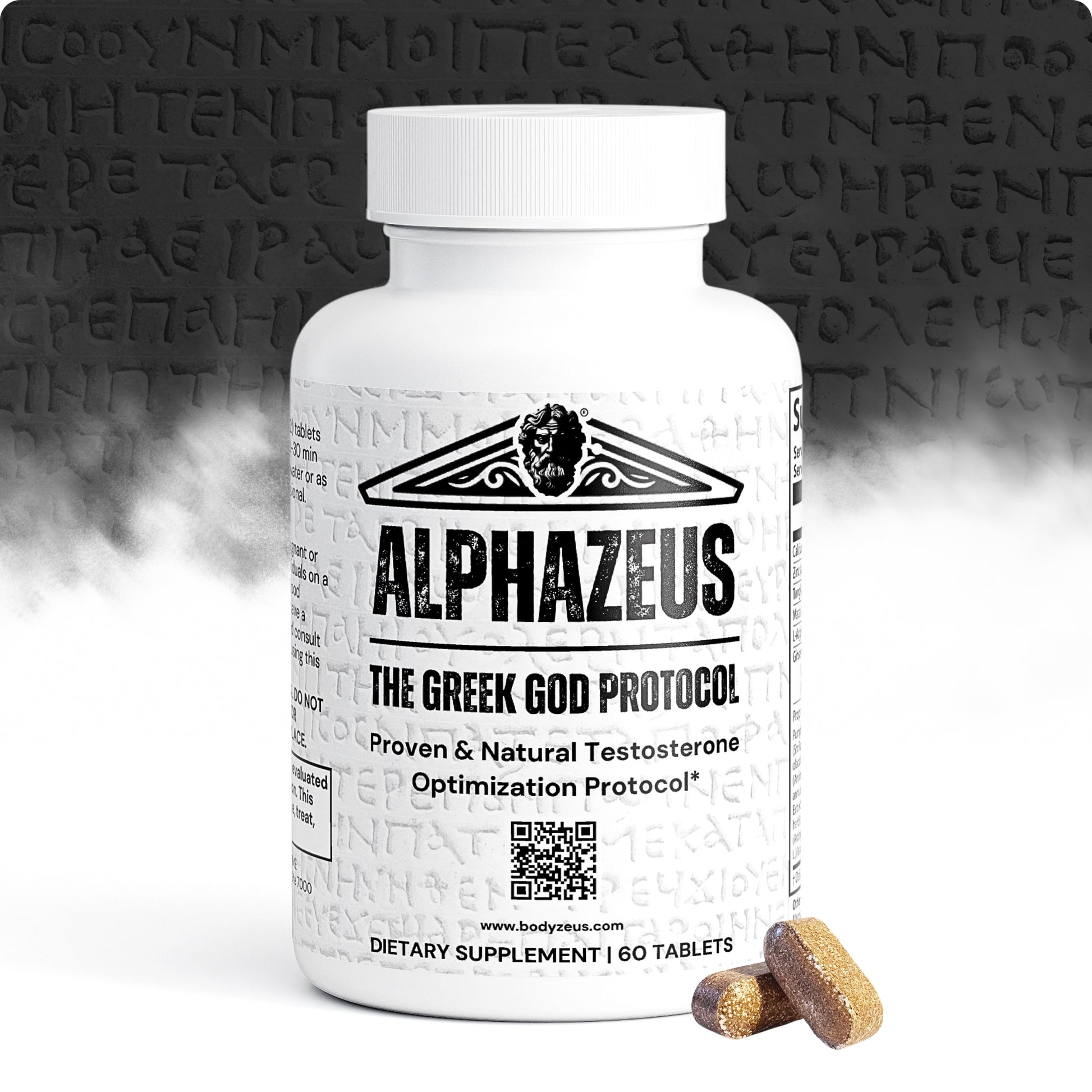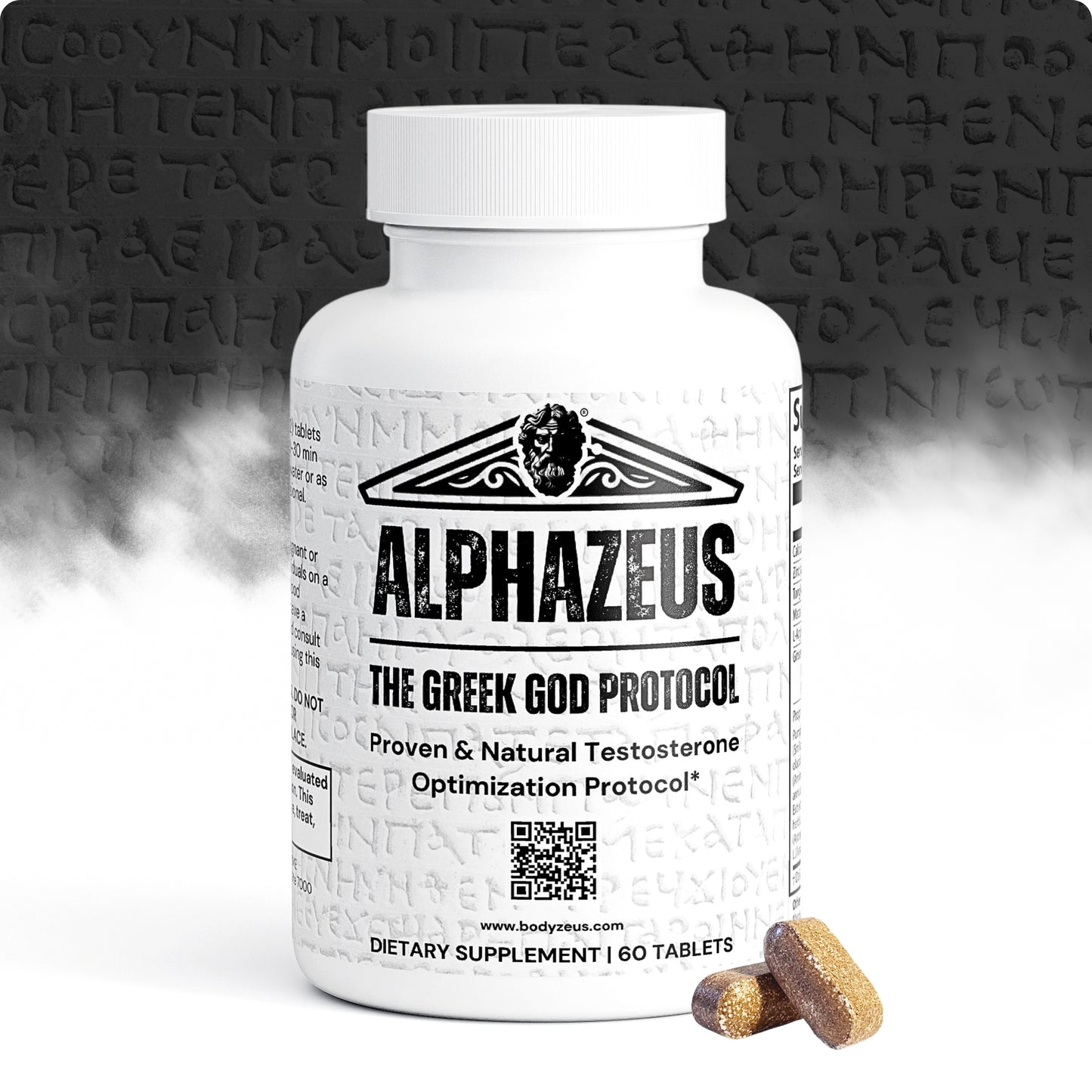Key Takeaways:
- Maintaining a low body fat percentage is crucial for optimal testosterone levels.
- Aromatase, an enzyme found in fat tissue, converts testosterone to estrogen, disrupting hormonal balance.
- Excess body fat, especially around the abdomen, amplifies the production of estrogen, further hampering testosterone's influence.
- High-intensity interval training (HIIT) and strength-based exercises are potent tools for reducing body fat and supporting hormonal balance.
- A balanced diet rich in lean proteins, whole grains, and vegetables provides vital nutrients for muscle growth and fat loss, fostering optimal testosterone levels.
The Intricate Dance of Hormones and Body Composition
In the labyrinthine pathways of the human body, hormones and body composition engage in a profound dialogue, shaping our vitality and well-being. Among these hormones, testosterone stands as a beacon of masculinity, governing everything from muscle growth to mental resilience. However, an insidious antagonist, excess body fat, can disrupt this delicate equilibrium. This exploration delves deep into the realms of biology, uncovering the intricate interplay between body fat percentage and testosterone levels.
Aromatase, Estrogen, and Testosterone
Picture this biochemical ballet: Aromatase, an enzyme ensconced within fat tissue, transforms testosterone—the essence of masculinity—into estrogen, the quintessential female hormone. This transformation, while natural in minimal quantities, becomes a concern when excess body fat enters the stage. With an expanding waistline comes an amplified production of aromatase, leading to a surge in estrogen. This hormonal imbalance drowns out testosterone's influence, leaving individuals fatigued, mentally foggy, and physically stagnant.
Fat Tissue Unveiled: The Prolific Estrogen Factory
Adipose cells, nestled beneath the skin and around vital organs, serve as active sites for estrogen synthesis. The more abundant the fat tissue, especially visceral fat encircling abdominal organs, the more estrogen floods the system. This surplus estrogen suppresses the vigor of testosterone, triggering a cascade of consequences: diminished muscle mass, heightened fatigue, and a propensity for depression.
The Realities of Imbalance: Mark’s Struggle and Countless Others
Consider the plight of Mark, a middle-aged man battling with excess weight. Unbeknownst to him, his expanding waistline signifies more than just aesthetics—it embodies a silent war within his body. His high body fat percentage fosters an estrogen-dominant environment, stifling testosterone and sapping his vitality. Mark's story mirrors that of countless others, each grappling with hormonal imbalances triggered by surplus body fat.
Strategies for Transformation: Crafting a Hormonally Supportive Lifestyle
The odyssey toward hormonal equilibrium necessitates a multifaceted approach. Enter high-intensity interval training (HIIT) and strength-based exercises, dynamic allies in the battle against excess body fat. HIIT not only torches calories but also stimulates testosterone production, fostering a leaner physique. Simultaneously, resistance training nurtures muscle growth, amplifying the body's ability to incinerate fat.
In the realm of nutrition, a balanced diet emerges as a stalwart companion. Embrace lean proteins, the building blocks of muscle, and whole grains, the energy reservoirs sustaining your HIIT endeavors. Vegetables, vibrant in their array of nutrients, fortify your body, enhancing overall well-being. This harmonious union of exercise and nutrition provides the foundation for a low body fat percentage, heralding optimal testosterone levels and robust health.



